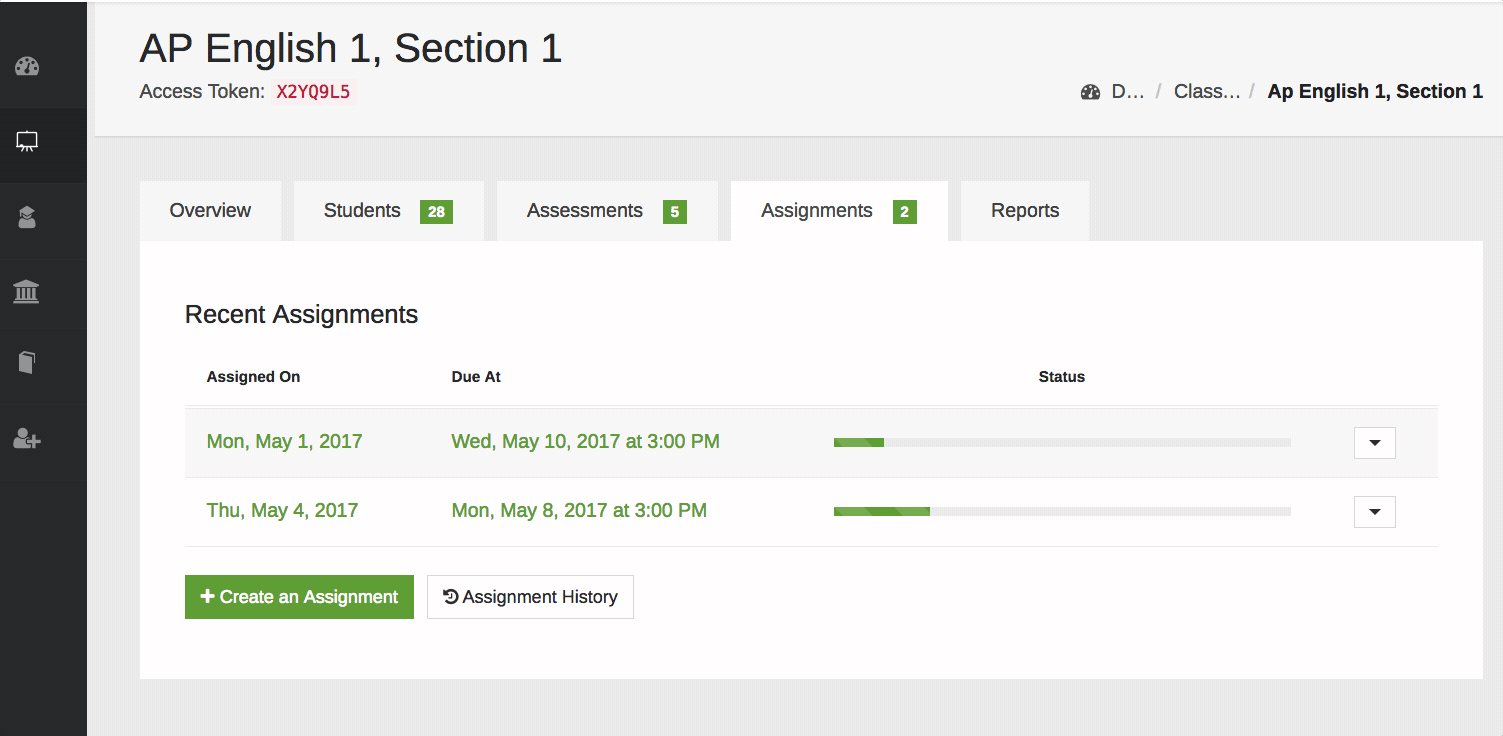Writing Assignments with an Interesting Twist
Knowing a word is not an all-or-nothing proposition. Knowledge of a word exists on a competency spectrum: from simply knowing a single meaning or pronunciation to a high-quality mental representation that allows for the confident, full-fledged use of a word. Of the various word-learning activities that students can engage in, constructing an original sentence using a target word requires effortful struggle and is a good indicator of word mastery1. Membean is excited to introduce a unique writing assignment that’s personalized, challenging, and fun!
Vocabulary + Creative Writing
Writing tasks are rarely approached with much enthusiasm and students often take creative liberties, not with their writing but the task itself:
Teacher: Use neophyte in a sentence.
Student: My uncle is a neophyte.
Technically correct, but for all intents and purposes useless. In trying to construct a useful and educative writing task we set out to solve the following problems:
- When faced with writing a novel sentence, students often have difficulty getting started; i.e., the dreaded blank slate problem.
- Students generate minimally correct sentences just to get the work done.
- Students regurgitate sentences that are found online.
- And, as one student told us: “It’s boring. I hate writing.”
Months of work and 8000 writing cues later we have the Membean Writing Assignment. An exercise that incorporates creative writing, has length restrictions, presents a starting cue the student is required to use that provides ready context, and gives the student an abundance of choices on both words and cues.
An example task:
Utilizing the cue provided, write a sentence of at least 90 characters that uses the word ABJECT. Your sentence can be placed before or after the cue, but must seamlessly make a cohesive piece of writing with the cue.
Note: All writing cues are extracted from literary works or popular books. The cue above is from All Creatures Great and Small by James Herriott.
A student can add a sentence to the front or back of the writing cue:
Or a student can sandwich the writing cue between two sentences they create:
Since students can choose from a list of words and a list of cues, they have plenty of freedom and flexibility to pick words and cues that appeal to them.
If you’d like to see the complete experience from a student’s point of view, please click this link to see a video.
Creating an Assignment
Writing Assignments are just as easy to create as regular assessments. Once the feature is enabled for your class, you’ll see a new Assignments tab on your class dashboard:

The Writing Assignment feature is currently experimental and only available for high school classes. Please email us at support@membean.com if you wish to use this with your class.
Grading an Assignment
Unfortunately, computers aren’t yet smart enough to grade small snippets for comprehension and cohesiveness, so writing assignments will need to be graded by teachers. We’ve intentionally kept the grading work on assignments very simple. You’ll be asked to accept or reject the sentence or issue a score for the assignment as a whole. You can leave comments on each sentence if you are so inclined.
Accepting or rejecting a sentence is at the teacher’s discretion. A suggested rubric (from JoAnne Caldwell2) looks something like this:
| Accept | Reject | ||
|---|---|---|---|
| 3 | 2 | 1 | 0 |
| Comprehension of word meaning is clearly evident. | Comprehension of word meaning is evident but some vagueness is present. | Comprehension of word meaning is vague and lacks specificity. | There is no indication that word meaning is understood. |
Roadmap
We hope that you’ll use Writing Assignments with your students. We look forward to your feedback to help make this feature a powerful tool in your vocabulary toolbox. We’ve already started working on enhancements and we hope to engage many of our teachers in these discussions. Some items on our roadmap:
- Easier Grading: correcting each individual sentence across many students can quickly become tedious. We’ve bandied about various ideas on how we can make grading even simpler:
- Allowing for just an accept/reject on the entirety of assignments instead of individually grading each sentence.
- Allowing a random sample of sentences to be graded by the teacher — perhaps just 2-3 sentences for each Writing Assignment.
- Peer-to-peer student grading.
- Cueless Writing Assignment: Creative writing cues might not be appropriate for all students. We are currently working on a cueless variant.
- Middle-School Writing Assignments: Once we’ve indexed and extracted writing cues from more middle-school-level books we’ll make Writing Assignments available to all our middle schools.
We are excited about this feature and we hope you’ll use it with your students. Please contact us at support@membean.com to add yourself to our list of beta users.
1. Press. Stahl, S.A (1986). Three principles of effective vocabulary instruction.
2. 451-455. Caldwell, J.S (2008). Comprehension assessment: A classroom guide.
